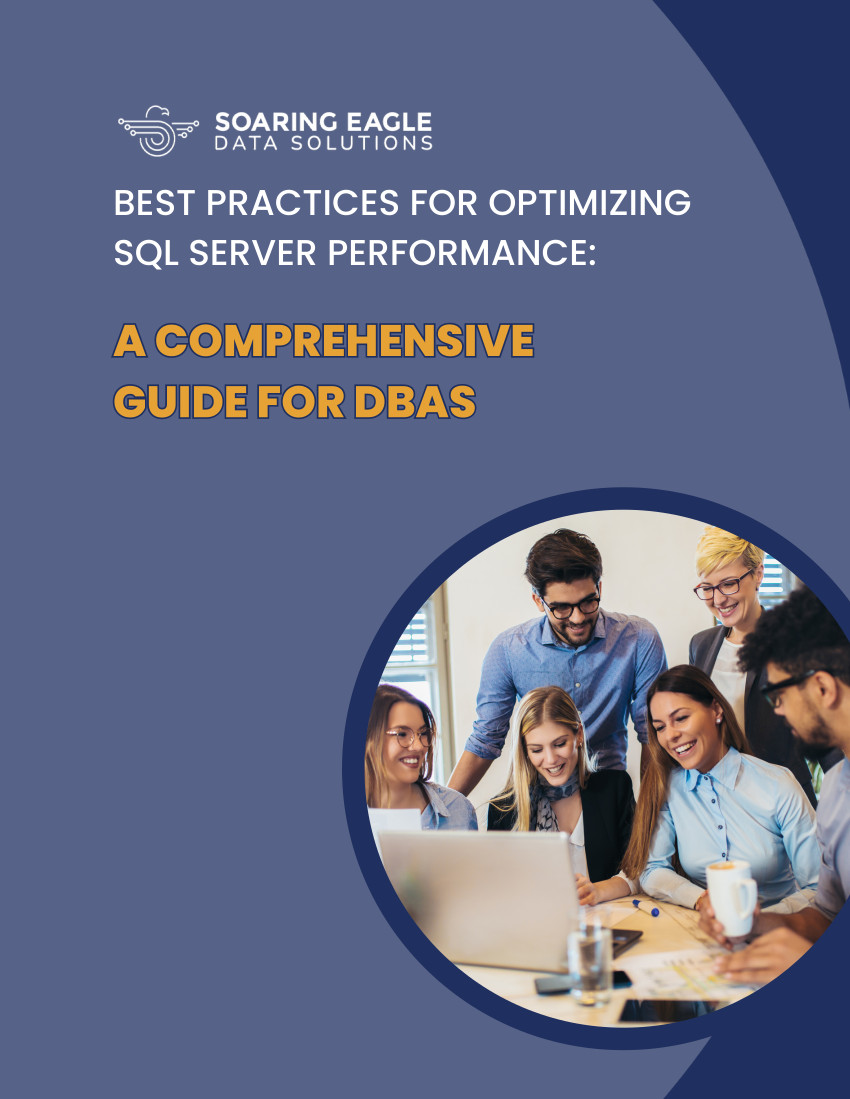This is part 10 of a 10 part series to start at the beginning click here
Cloud Considerations
As organizations increasingly migrate SQL Server environments to cloud data centers, understanding and optimizing for cloud- specific considerations is crucial for maximizing performance, scalability, and efficiency. Database administrators (DBAs) should adopt best practices tailored to cloud environments, whether using platforms like Azure SQL Database or Amazon AWS.
specific considerations is crucial for maximizing performance, scalability, and efficiency. Database administrators (DBAs) should adopt best practices tailored to cloud environments, whether using platforms like Azure SQL Database or Amazon AWS.
10.1 Optimizing SQL Server Performance in the Cloud
Efficiently optimizing SQL Server performance in the cloud requires a tailored approach:
- Instance Sizing: Choose the appropriate instance size based on workload requirements. Consider factors such as CPU, memory, and I/O performance.
- Storage Configurations: Leverage cloud storage options effectively, considering performance tiers, caching mechanisms, and replication options.
- Network Considerations: Optimize network configurations to minimize latency between cloud resources and ensure smooth data transfer.
10.2 Considerations for Azure SQL Database and Amazon RDS
For specific cloud database platforms like Azure SQL Database or Amazon RDS, consider the following:
- Managed Services: Leverage the managed service features of Azure SQL Database or Amazon RDS, including automated backups, patching, and monitoring.
- Scaling Options: Utilize built-in scaling options for dynamic resource adjustments based on demand.
- Security and Compliance: Understand and implement cloud-specific security measures and compliance standards relevant to the chosen platform.
10.3 Challenges and Solutions in Cloud Environments
Be aware of common challenges in cloud environments and adopt solutions:
- Latency and Bandwidth: Mitigate latency issues by choosing data center regions strategically and optimizing bandwidth usage.
- Cost Management: Monitor and manage costs effectively by understanding pricing models, utilizing reserved instances, and optimizing resource usage.
- Data Transfer Considerations: Minimize data transfer costs by strategically placing resources and leveraging available data transfer options.
By tailoring SQL Server optimization strategies to cloud environments, DBAs can harness the scalability, flexibility, and managed services offered by cloud platforms. Continuous monitoring, understanding platform-specific features, and adapting to emerging cloud technologies contribute to a robust and efficient SQL Server deployment in the cloud.
By implementing these best practices, DBAs can actively contribute to the optimization of SQL Server performance. A proactive approach to monitoring and optimizing ensures the reliability and responsiveness of SQL Server deployments in increasingly complex environments.
If you still need help, schedule your FREE 1 hour Cloud Database Review with one of our Database Consultant GURUs.
Click here to get started



